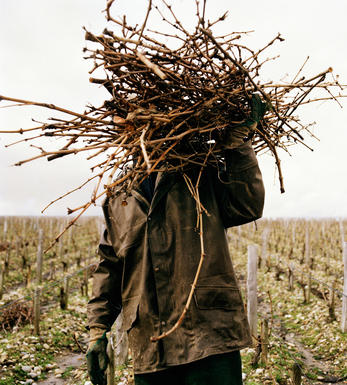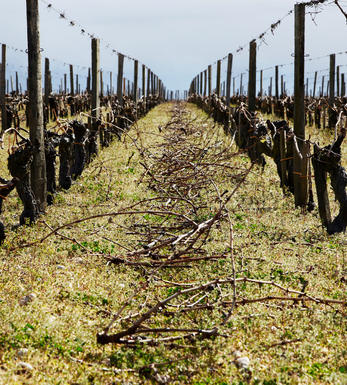
About this WINE

Domaine Joseph Roty
Joseph Roty has one of the largest cult followings of any small grower and has produced some of the most exquisite wines of Burgundy. His family have been producing wine since the time of Louis XIV, a staggering eleven generations since 1710. It is now run by Joseph’s son Philippe and noted for the exceptional quality of its Charmes-Chambertin Très Vieilles Vignes, which may date back to the end of the 19th century. Not much is made and even less of Mazis- and Griotte-Chambertin. It is easier to find his 1er Cru Fonteny (0.45ha) or various village Gevrey-Chambertin and Marsannay cuvées. The wines are full-coloured and exuberantly fruity. The only time I tasted with Joseph himself, the wines were illustrated by constant illusions to different types of female.
The domaine has a total of 17 acres and produces virtually near perfect Mazis-Chambertin and Charmes-Chambertin in the top vintages. Both wines are aged in 100% new oak for 15-16 months, bottled unfined and unfiltered.
Jasper Morris MW, Burgundy Wine Director and author of the award-winning Inside Burgundy comprehensive handbook.

Marsannay
Marsannay is the northern most wine village in the Côte de Nuits in Burgundy. Formerly known only for its rosé wine, Marsannay now has the appellation controlée for all three wine colours, though the white (Chardonnay) is rare. Vineyards now have to compete with the encroaching urban sprawl of Dijon.
- 312 hectares of village Marsannay red and a further 200 ha for Marsannay Rosé (Pinot Noir).
Marsannay is the only village-level appellation which may produce rosé wines, under the description Marsannay Rosé. - The AOC regulations allow up to 15 per cent total of Chardonnay, Pinot Blanc and Pinot Gris as supplementary grapes in the red wines. For white wines, both Chardonnay and Pinot Blanc are allowed, but the common practice is 100% Chardonnay.
Recommended Producers: Maison Camille Giroud Domaine Jean Fournier , Domaine de Montille

Pinot Noir
Pinot Noir is probably the most frustrating, and at times infuriating, wine grape in the world. However when it is successful, it can produce some of the most sublime wines known to man. This thin-skinned grape which grows in small, tight bunches performs well on well-drained, deepish limestone based subsoils as are found on Burgundy's Côte d'Or.
Pinot Noir is more susceptible than other varieties to over cropping - concentration and varietal character disappear rapidly if yields are excessive and yields as little as 25hl/ha are the norm for some climats of the Côte d`Or.
Because of the thinness of the skins, Pinot Noir wines are lighter in colour, body and tannins. However the best wines have grip, complexity and an intensity of fruit seldom found in wine from other grapes. Young Pinot Noir can smell almost sweet, redolent with freshly crushed raspberries, cherries and redcurrants. When mature, the best wines develop a sensuous, silky mouth feel with the fruit flavours deepening and gamey "sous-bois" nuances emerging.
The best examples are still found in Burgundy, although Pinot Noir`s key role in Champagne should not be forgotten. It is grown throughout the world with notable success in the Carneros and Russian River Valley districts of California, and the Martinborough and Central Otago regions of New Zealand.



Buying options
Add to wishlist
wine at a glance
Delivery and quality guarantee